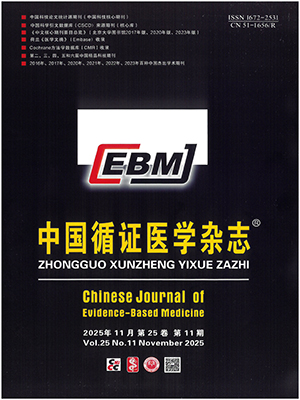Objective To investigate change of bispectral index(BIS) and hemodynamic index during induction and orotracheal intubation of sevoflurane anesthesia.
Methods This study was a prospective before-after study in the same patients. A total of 30 ASA physical status I and II adult patients without airway abnormalities were enrolled to receive inhalation induction of anesthesia with 8% sevoflurane. Mean arterial pressure(MAP),heart rate(HR) and BIS were recorded before anesthesia(T1),when patients loss of consciousness(T2), before intubation (T3),at 1 min(T4) and 3 min(T5) after intubation.
Results BIS at T1-T5 were 96.8±1.7,70.4±8.8,39.2±8.4,43.6±12.9 and 41.6±9.3 respectively, the measurements at T2-T5 were all markedly lower than at T1(P lt;0.05). HR at T3-T5 were all markedly higher than at T1(P lt;0.05). MAP at T2 and T3 were markedly lower than at T1, but at T4 was higher than at T1(P lt;0.05), and recovered to the level at T1 at T5(P gt;0.05).BIS,HR and MAP at T4 were all significantly higher than T3(P lt;0.05).
Conclusion Anesthesia induction with sevoflurane and small dose of succinylchoiline we used can provide adequate depth of general anesthesia,but can not prevent cardiovascular adverse reactions to intubation.
Citation: HUANG Wei,WANG Jian,LUO Linli,ZHOU Jun. Change of Bispectral Index and Hemodynamic Index During Induction and Orotracheal Intubation of Sevoflurane Anesthesia. Chinese Journal of Evidence-Based Medicine, 2007, 07(12): 869-872. doi: Copy
Copyright ? the editorial department of Chinese Journal of Evidence-Based Medicine of West China Medical Publisher. All rights reserved




